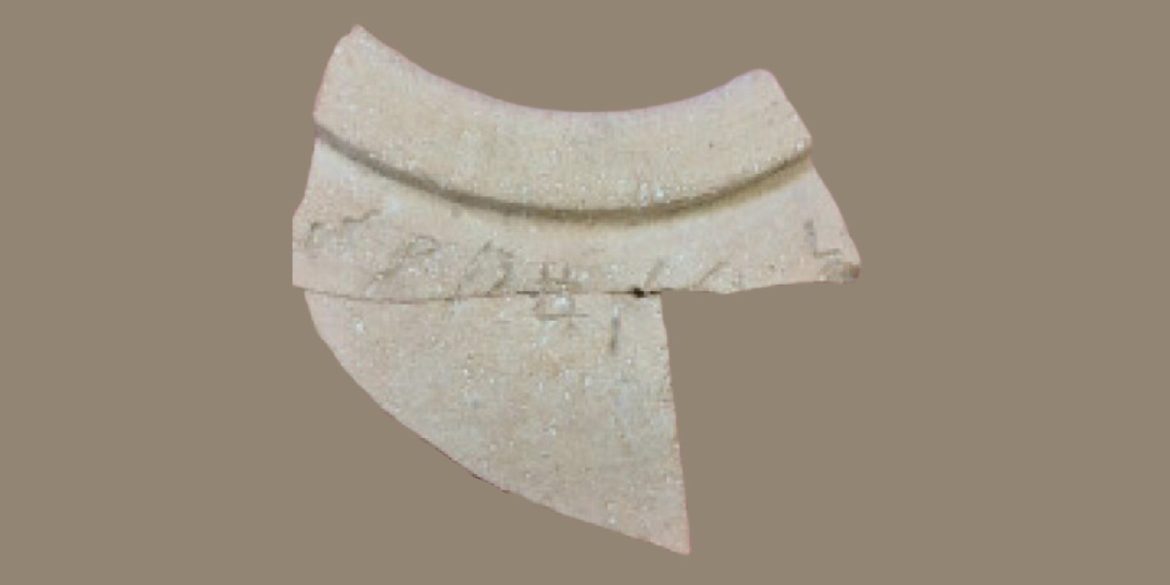
The inscribed jar was discovered together with the remains of six others during excavations carried out in 2012 in the Ophel area south of the Temple Mount, led by the late Dr. Eilat Mazar from the Institute of Archeology of the Hebrew University of Jerusalem. From the original inscription, only seven letters survived.
Over the course of the last decade, more than ten researchers suggested various readings without reaching a consensus, but they agreed the inscription is written in Canaanite script, from which the ancient Hebrew script that used during the time of the First Temple, was developed.
In the study, Dr. Daniel Vainstub determined the script is “Ancient South Arabian,” the script that was used in the south-west part of the Arabian Peninsula (the Yemen region of today), where the Kingdom of Sheba was the dominant kingdom at that time.
To read the full story visit HUJI..
